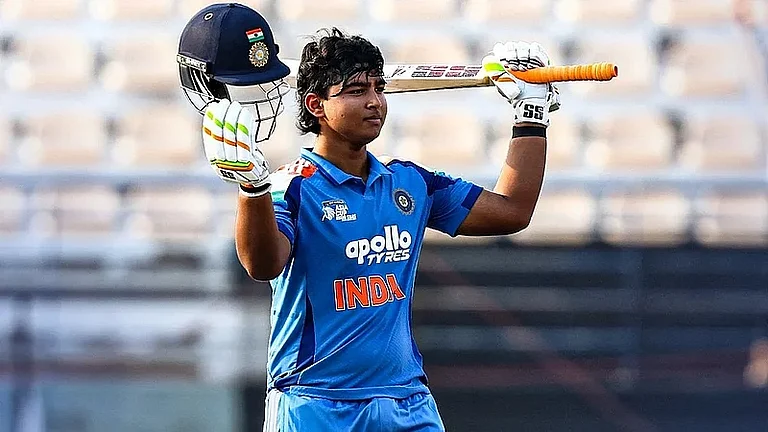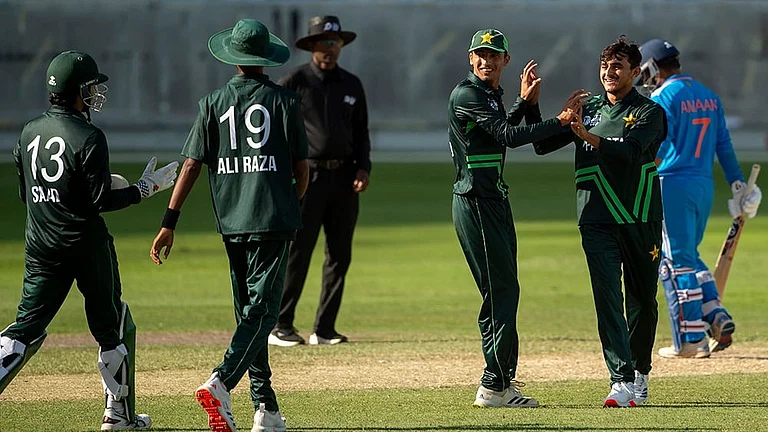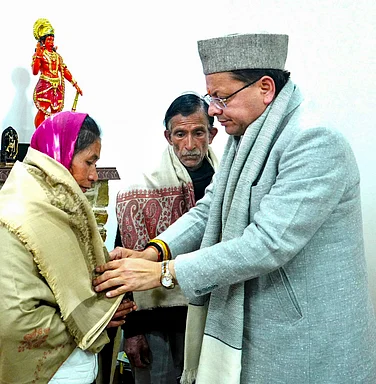According to officials of the Mumbai police, investigating agencies—both state and central—are coming up poorly against the global network of terror. Its new face has rendered old investigation procedures inadequate and irrelevant. In case after case, agencies find that the terror trail fizzles out, making it next to impossible to redraw the conspiracy or get to the masterminds. Frustrated officers of the Anti Terrorist Squad (ATS), Maharashtra police, privately confirmed this during the July 11 investigation.
A.N. Roy, Maharashtra DGP, then Mumbai police commissioner, had categorically blamed Pakistan's ISI for the attack, but the chargesheet was wishy-washy. It named 13 accused and 15 as absconding accused, retraced the terror trail back to LeT with difficulty, identified Azam Cheema as LeT's India commander and key conspirator but failed to establish his or LeT's relationship with ISI. "We nabbed some operatives who provided logistic and financial support but could not get to Cheema," rues a former ATS officer. Similarly, in the Malegaon blasts case, the ATS found that trails went cold beyond local operatives, mainly those from the proscribed Students Islamic Movement of India (SIMI).
Investigating agencies find that, unlike in the 1993 Mumbai blasts, terror now comes in a different format. Terror strikes are part of a global terror network and investigating them in isolation yields limited results. The masterminding, planning, logistics and execution aspects work in a one-way top-to-bottom chain that leads investigators to a dead-end at the logistics level. The mastermind remains out of reach. The executors know little about him.
Also, time-tested routes have given way to new ones. For instance, almost all those arrested in the July 11 and Malegaon blasts had travelled to Pakistan for training but none through Dubai; most visas showed entry and exit points as Teheran while some confessed to having gone via Bangladesh. Today, there are fewer telephone interceptions to trace the trail. Increasingly, trained operatives use encrypted e-mail.
One way to beat this cul de sac, says former Mumbai police commissioner Satish Sahney, is to comprehensively document the financial trails to build the case dossier. Hawala transactions make this difficult, but it's possible, he says. Or else, there is little to show in the courts during trial.


























